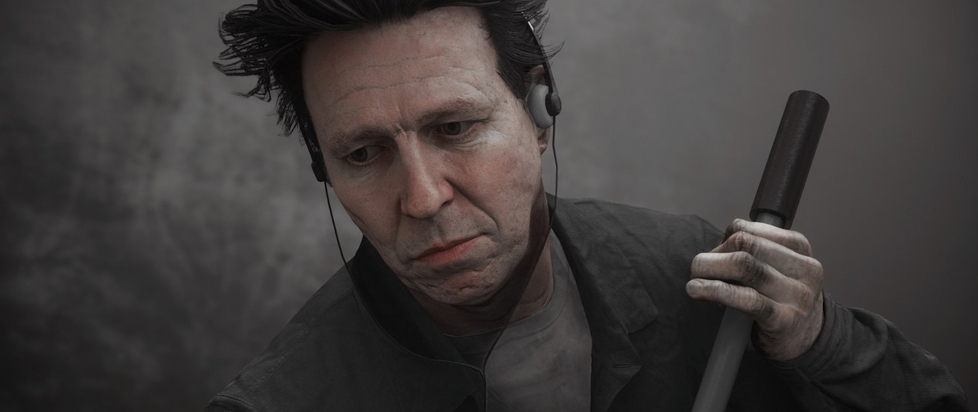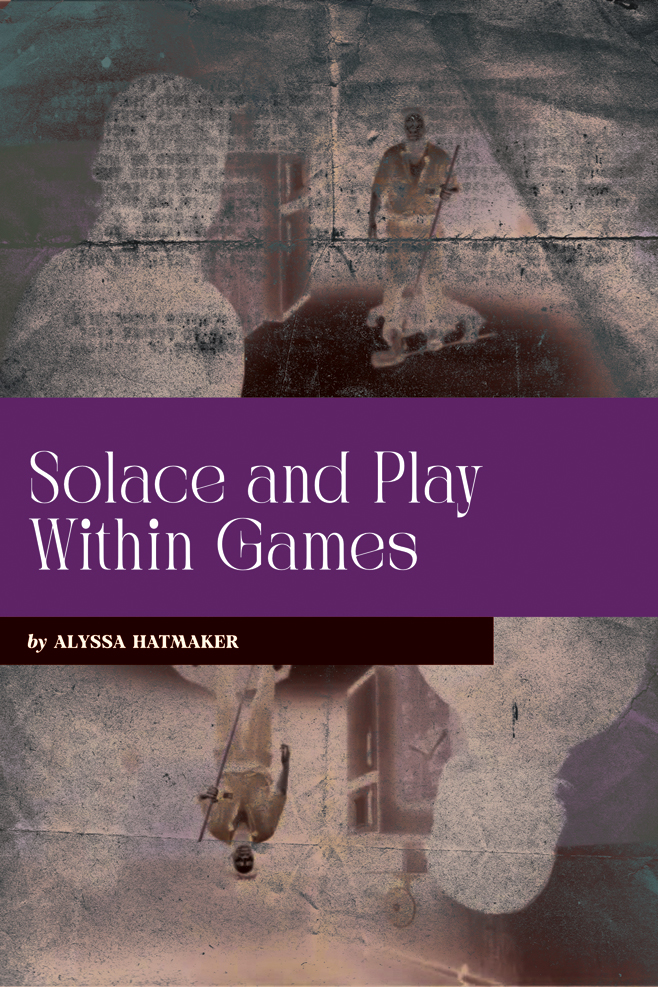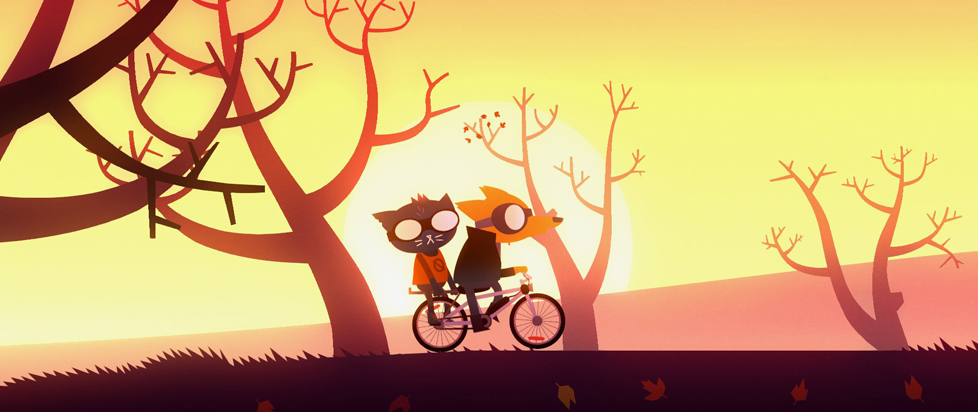
Solace and Play Within Games
This is a feature excerpt from Unwinnable Monthly #171. If you like what you see, grab the magazine for less than ten dollars, or subscribe and get all future magazines for half price.
———

When discussing videogames, a common critique is that some aspect “takes you out of the experience.” You are reminded, in a negative way, that you’re playing a game. For whatever reason, you’re suddenly outside looking in objectively, instead of fully immersed. It can be jarring when this happens.
I recently played Song of Horror, an indie horror game by Protocol Games, and while I enjoyed it overall, there was a situation in its third act that pulled me out of the experience and left me feeling cold. One of the characters died, and no one had any sort of emotional reaction to his death. Not even his girlfriend shed a tear or raised an eyebrow at her partner’s sudden grisly demise. It felt unrealistic and inconsistent with the game’s core mechanic, in which characters can easily die if you make the wrong decision or fail to keep them safe.
Sometimes, though, being reminded that you’re playing a videogame is a welcome feeling. Sometimes you just need a break from the constant uphill climb, or you want a game to give you that gut-punching feeling of “hell yeah, this is awesome!” Being taken out of the experience is not always a negative aspect. It can remind us why we’re playing games in the first place: to escape or be distracted, to settle into an engaging narrative, to be given a view of what the world could be. It allows us a moment to reflect and compartmentalize.
In Remedy Entertainment’s 2019 cerebral action-adventure game Control, we’re introduced to a character named Ahti. He’s the enigmatic janitor of the Oldest House, the Brutalist-inspired ever-shifting headquarters of the Federal Bureau of Control, a fictional government organization that deals with the nation’s more esoteric conundrums. Ahti injects his speech with Finnish phrases and guides you through the Oldest House with helpful, if vague, hints. He’s quirky and enigmatic. If he were a real person, you’d call him a character. Encountering Ahti often feels low-key and restful. When you turn a corner and see him up ahead in the hallway, you know you can breathe easy for a bit while you listen to his colorful turns of phrase.

Conversely, in 2019, indie developers House House unleashed a menace upon the gaming world, known only as “the horrible goose.” The titular character of Untitled Goose Game spends the entire game wreaking havoc on the world around it, making life difficult for the inhabitants of a mundane English village. In my mind, Untitled Goose Game is the pure, unadulterated spirit of play. It’s reminiscent of games like Katamari Damacy or Scribblenauts – at its core is a simple idea, and your job is to run with it. It gives you free reign not only to be a nuisance without consequences but also to tap into that exhilarating feeling that you often get from side quests, or play within play. The entire game is one big childhood recess, and it feels really good. You are never quite fully within the experience of Untitled Goose Game, because you’re often too busy laughing at yourself as you run around honking at villagers, or you’re just basking in the delightfully satisfying experience of sowing discord.
Ahti and the horrible goose represent two different ways of pulling the player out of the game. Ahti is the reprieve, the calm between the stormy segments of Control. The horrible goose, on the other hand, is the silliness, the fun chaos that gives you something else to do for a while besides paying attention to the narrative or focusing on the typical gameplay loop. They’re methods of unwinding, relieving some of the stress that often comes with the main campaign. Videogames often have one or the other – a reprieve or a fun sidetrack.
In Kojima Productions’ Death Stranding, you spend most of the game paying close attention to your surroundings. Every step is deliberate, and a good chunk of your time is spent nearly holding your breath as you delicately wend your way through enemy territory and rocky landscapes while trying not to drop the cargo you’re tasked to deliver. Every rock and hill you come across is a potential fall. Enemy territory forces you to move even more deliberately as you try to avoid or eliminate the threats while maintaining your cargo. Even rain is detrimental to your journey, as it corrodes the containers your cargo is secured inside. The environment is hostile, and it can be exhausting.

But there are hot springs you can come across, scattered throughout the world. When you wade into one, the screen fades to black, and then a naked Sam sinks down into the inviting warmth of the water. Lou, your infant companion, floats and paddles while Sam relaxes. It’s a reprieve that allows not only Sam but also the player to rest for a few minutes, to gather your bearings, to reflect on your accomplishments and the journey ahead. It’s an Ahti-like situation.
Capcom’s Resident Evil series is known for its tense gameplay, and Resident Evil 4 takes it to another level, turning the franchise up to 11 in terms of heart-thumping moments. But the series as a whole, and especially Resident Evil 4 (both the original and remake), knows when to tone it down or bring in some light-heartedness. Resident Evil 4’s save room theme is a haunting, ethereal soundscape that offers a welcome contrast to the action and horror. The mysterious Merchant sells you his wares but never tells you where he comes from, giving you pause to wonder while you rest.
The Merchant also offers one of the most fun escapades in my personal gaming history: the shooting gallery. It’s a series of arcade-esque challenges, imparting that sense of play within play. If you want a break from Resident Evil 4’s campaign, it’s open to you, giving you an entirely different style of action. Tango Gameworks’ The Evil Within 2 has a shooting gallery as well, which contrasts the atmosphere of the game even more than Resident Evil 4’s. At the end of a round of shooting, Sebastian will fist-pump the air and say something like, “Still got it!” These shooting galleries would be fully condoned by the horrible goose, the proponent of silliness.
———
Alyssa Hatmaker is a freelance games writer based in the Appalachians. She’s a goth at heart who can usually be found whipping up baked goods in the kitchen. She can also be found at Bluesky.
You’ve been reading an excerpt from Unwinnable Monthly Issue 171.
To read the article in its entirety, please purchase the issue from the shop or sign up for a subscription to Unwinnable Monthly!




